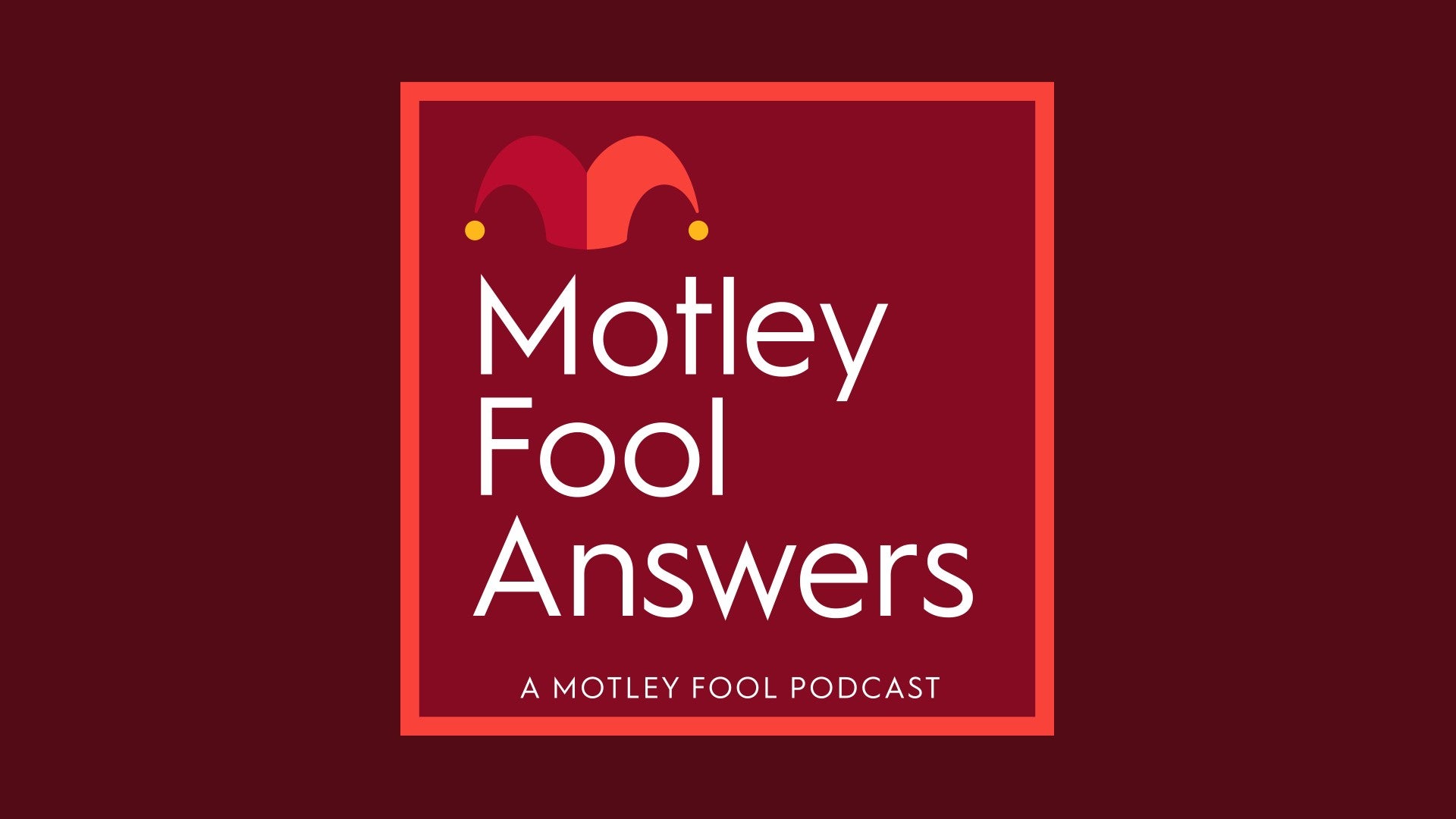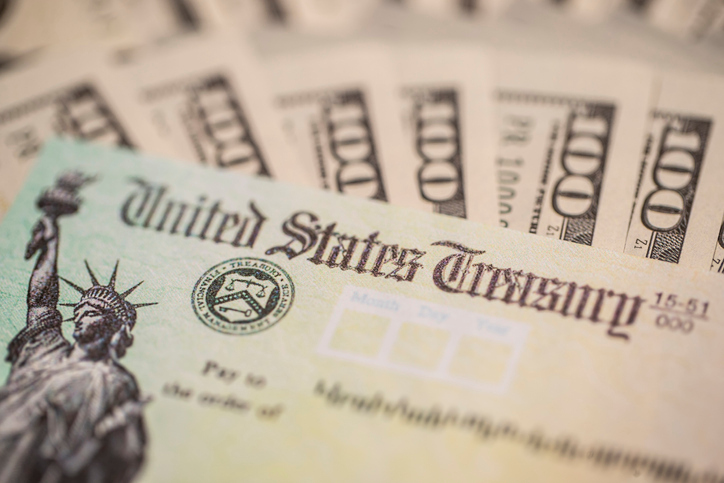A wild week on the stock market has passed and that has worried a lot of investors. If you are worried about the short term stock market crash will ruin your retirement plans by sending the value of your savings headlong, you are in good company. But here are a few steps you can take to prevent this unwanted scenario.
1. Make sure you invest appropriate for your age
When you have decades of work ahead of you, load stocks into your own IRA or 401 (k) plan is the path to go. But as retirement approaches, a safer bet is the transition to bonds, which are generally subject to far less volatility than stocks.
Look at your investments and make sure they are age appropriate. If you’re in your 60s, having a 90% IRA in stock is probably not the best idea, unless you happen to have an extremely healthy risk appetite, and you have other powerful sources of income for which to return beyond your retirement income. A more appropriate balance sheet could be to hold 60% of the portfolio in stock in the years leading up to retirement and the remaining 40% in bonds. In fact, if you’re really close to retirement, you should keep part of your retirement plan in a money market fund, which may not bring stellar returns, but is a relatively safe investment.
Image source: Getty Images. On the same subject : How To Calculate RMDs – Forbes Advisor.
2. Have a diverse portfolio
Maintaining a healthy combination of stocks and bonds in your retirement portfolio is a good way to protect yourself from volatility. At the same time, it is a good idea to diversify within each asset class. This could mean keeping not only the technique and banking stocks in your IRA, but also some health care and energy supplies. Or you can burden yourself index funds, which offer built-in diversity.
As for your bond investments, make sure you mix things up there as well. This could mean a division of assets between corporate and municipal bonds, which can be a great source non-taxable income.
3. Continue to contribute to your retirement account
When the stock market becomes naughty, it can be tempting to withdraw contributions to a retirement plan until things calm down. On the same subject : Here’s the Average Tax Refund 2021 and How To Spend It. Do not do that.
First of all, you only have a limited time frame to pump money into your account. Second, investing when the market is in decline gives you a chance to achieve discounted stocks that can grow in value and help you build more retirement wealth. And finally, retirement plans offer tax breaks, so there’s no point in giving them up. For example, the more money you invest in a traditional IRA or 401 (k), the less income tax you will pay. Although Roth accounts do not offer the same current tax breaks, you will still benefit from the tax-free growth and withdrawals they offer when you retire and need to access your money.
As you approach retirement, an unstable stock market can be quite upsetting. But if you choose the right investment mix and continue the course, chances are high that you will go through that daunting period with pristine retirement plans.




